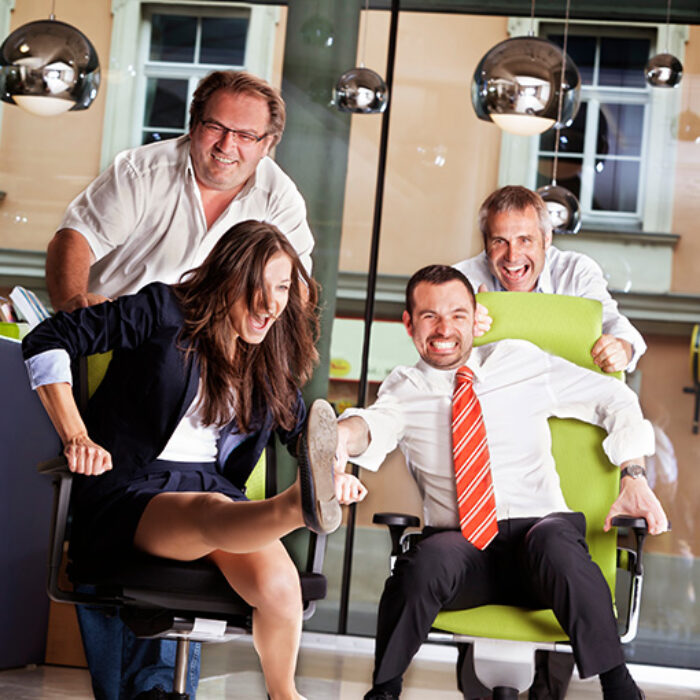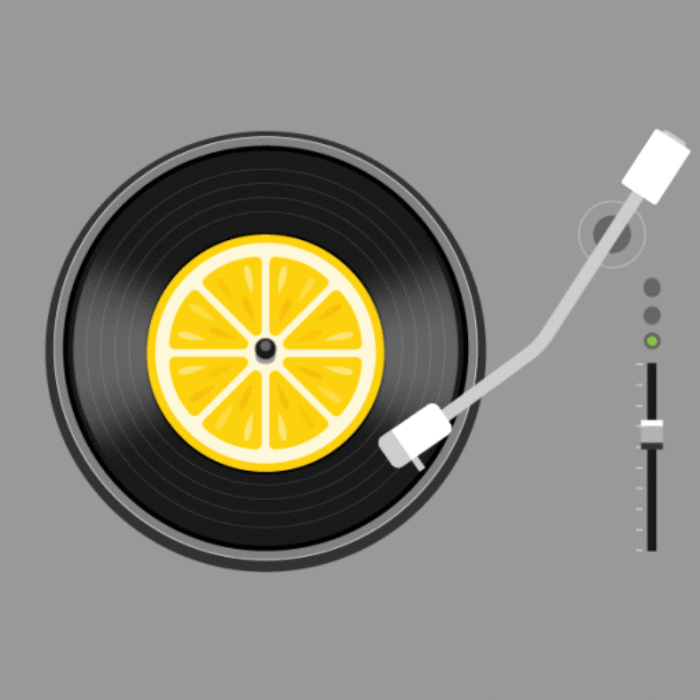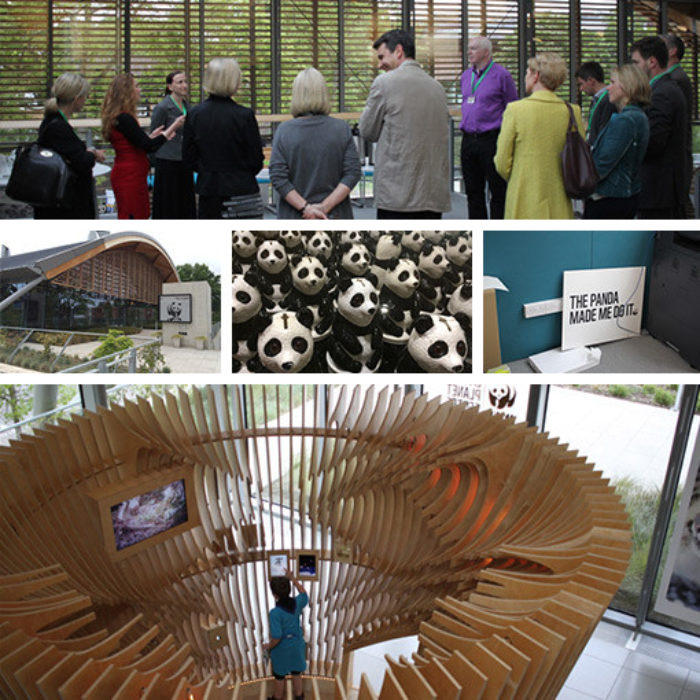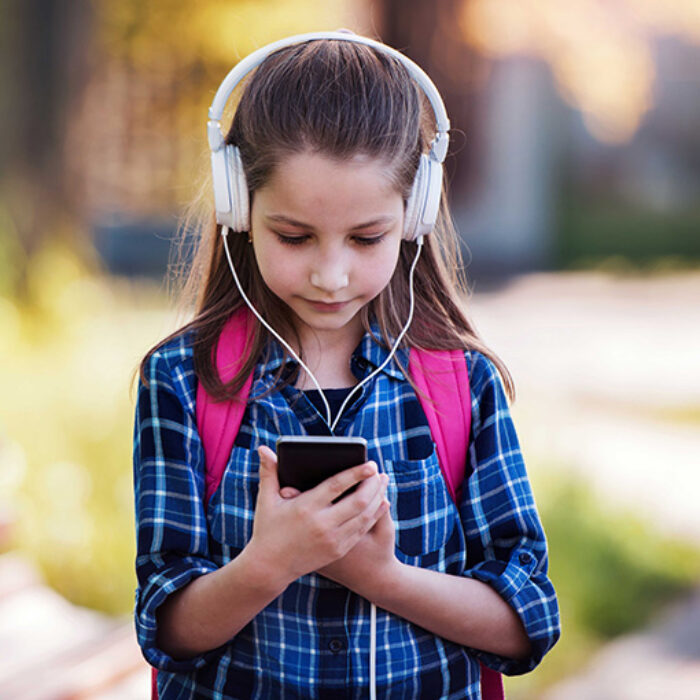The power of behavioural creative
Let’s start with a definition…
Behavioural creative uses the latest behavioural science insights to shape the creative process, and design outputs so they are in tune with how people actually think, process information and make decisions.
So, how do people actually think? And how does that differ from traditional views of the human decision-making process?
The difficulties of decision-making
The common view of behaviours is based around long-held assumptions of people behaving rationally. But that assumes when we’re about to make a decision we all do things like:
- Consciously weigh up all the available information
- Calculate all of the pros and cons of our various options
- Make a reasoned decision that’s in our own best interest
- And then act decisively.
That’s asking a lot: perfect knowledge, strong memory, self-control, and unlimited mental energy, time and attention. Then throw in the fact that we all make something like 35,000 decisions every day, and it’s clear our brains need a little help.
How our brains actually work
Fortunately, they’ve evolved to help themselves. Faced with this onslaught of choices – some small, some large – our brains settle for quick and satisfactory rather than slow and optimal decisions.
These fast decisions take place in our Limbic brain – the evolutionarily older part – which works non-consciously and instinctively. It’s primarily emotional, and it can’t respond to language so relies on rapid interpretation of the senses. This is known as System 1 thinking, and it accounts for up to 95% of our daily decisions.
Conversely, rational thinking and decision-making (known as System 2) takes place in the Neocortex – the newer bit of the brain. It is reflective, cognitive calculating and harnesses language. But it’s a lot slower. Which is why it only accounts for 5% of our decisions. Who has the time?
Harnessing behavioural insights
The challenge for communicators is that most traditional marketing and design targets the rational, conscious, cognitive Type 2 brain; it relies too heavily on what people say they think, feel and act (their conscious responses), rather than how they actually think, feel and act. This focus on appealing to the Type 2 brain, means that traditional design only targets as little as 5% of our decision-making.
Our approach to behavioural creative harnesses these and other insights from the latest behavioural science to optimise the creative process, and make it work with how people actually make decisions.
Naturally, behavioural creative is still built on a powerful creative concept at its heart – that’s essential when you’re trying to build a deep emotional connection with your audiences. But it has a much greater focus on specific behaviours and uses more behaviourally-focused design techniques at all stages through the process.
Our behavioural creative techniques
While the detail is for another blog, here are the highlights of the seven behavioural creative techniques we tend to use most:
- Define the key behaviours: Identify them, be hyper-specific, and make them measurable.
- Prime your audience: Use the right mix of visual, cultural and emotional cues to drive pre-attention.
- Understand the context: How we feel, where we are, who we’re with, and what we’re doing will shape our choices.
- Grab attention with the nine stimuli: These capture attention immediately and instinctively by latching onto our deep-rooted, survival-based responses.
- Make processing easy: Brains are lazy, and have a bias towards information that is easier to process.
- Choose the right biases: There are 173+ biases and mental shortcuts that influence our decision-making. The trick is knowing which to target.
- Obsess over the details: Sweating the small stuff can be as important as the big ticket items.
By integrating these and other behavioural science insights throughout how we write, design, test and iterate, behavioural creative ensures our creative is always aligned to the realities of human decision-making. And that delivers more impactful and effective results.
Learn more
To find out more, sign up for our free behavioural creative Discovery Session or contact Elaine Smith.



